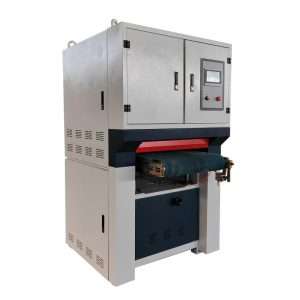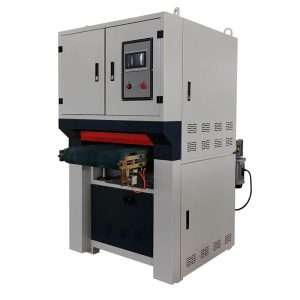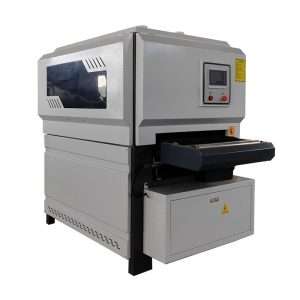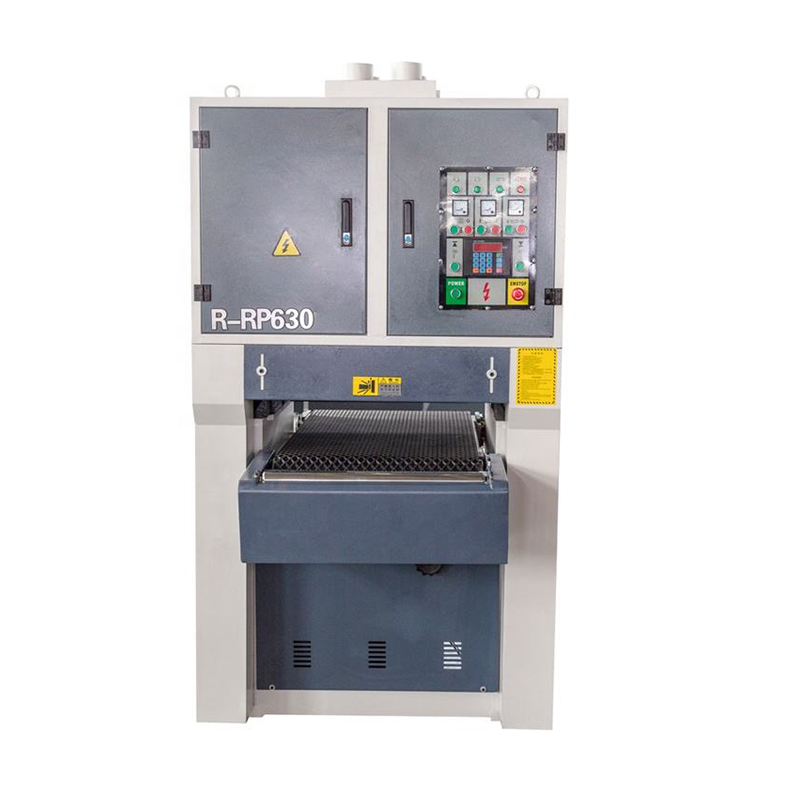HOW TO CLEAN A BUFFING WHEEL: STEP-BY-STEP GUIDE
Introduction
Buffing wheels are essential for putting the finishing touches to different types of material including metal and wood. Used over time, residue might accumulate and thus block these wheels and so prevent them from turning in the manner intended.
This article also has the objective of giving a comprehensive guide on the correct process of cleaning a buffing wheel. Another reason for regular cleaning is to have a consistent result in the wheel surface and avoid any contamination between the different compounds ensuring that your projects get an unbelievably polished surface.
1. Why Cleaning is Important
Reasons for Cleaning a Buffing Wheel
- Removing Built-Up Compounds
Polishing and other working wheels pick up polishing compounds as well as wearing debris as a common occurrence. If not cleaned, such deposits may settle on the wheel, and if this happens, the efficiency and effectiveness of polishing decreases.
- Preventing Contamination:
The buffing wheel must be clean for one to avoid spreading the contamination around the different compounds of polish. This also helps in avoiding the mixing of undesired components with the respective material in the course of its treatment.
- Maintaining Efficiency:
The copper wheel needs regular cleaning so that the wheel functions properly in its operation and gives desirable finishes.
Impact on Finish Quality and Workpiece Damage
A dirty buffing wheel can create low-quality finishes like streaks or scratches, and can as well mar the workpiece. These risks are, however, prevented when the wheel is kept clean so the aim of achieving a smooth and flawless finish is met.
2. Preparing for Cleaning
Safety Precautions
Wearing Protective Gear:
- Gloves:Preventing cuts on hands from sharp objects, soaps with sand, and other things require special gloves.
- Goggles:When cleaning the buffing wheel, make sure that you have goggles on so that no particles or detergents can harm your eyes.
- Dust mask:To avoid throwing tiny particles and dust into the air when using pressure or brushes, one should wear a dust mask while cleaning.
Working in a Well-Ventilated Area:
It is important always to have proper ventilation in the working area to reduce any fumes that may be a result of the use of cleaning agents. Adequate ventilation makes the working environment safe and comfortable and at the same time prevents people from taking in toxic fumes.
3. Step-by-Step Guide to Cleaning a Buffing Wheel
Step 1: Remove the Buffing Wheel
- Instructions for Safe Removal:Some measures that need to be taken are: disconnect or power of the buffer or grinder ought to be switched off. Carefully take off the wheel from the spindle as recommended by the car makers to minimize bearing damage and tripping chances.
- Importance of Manufacturer’s Guidelines:Do not mar the body of the machine or rub the wheel while removing it by observing the manufacturer’s instructions.
Step 2: Inspect the Buffing Wheel
- Inspecting for Wear and Damage: Inspect the buffing wheelfor signs of fraying, and wear to the point that it is thin in spots or not flat. For signs of underperformance or excessive accumulation of the compound, check the wheel.
- Importance of Identifying Issues: This lets one know if the wheel needs to be replaced after washing or if it has incurred some damage or wear.
Step 3: Use a Buffing Wheel Rake
- Using a Buffing Wheel Rake: When turning the machine, it is advised to hold the rake firmly and gently against the buffing wheel.To polish the entire wheel without scratching it, do this lightly with the same pressure only.
- Tips for Effective and Safe Use: Avoid touching the wheel during this operation. When using gear sticks, remember to steadily increase pressure.
Step 4: Apply a Cleaning Compound
- Process of Applying a Cleaning Compound: Choose the correct buffing wheel cleaner. Use it on a slow-moving wheel to dissolve residue with the compound. Let the wheel stay with the balls to ensure equitable distribution.
- Types of Cleaning Compounds: Different compounds are used for different surfaces, such as metals and wooden surfaces that need polishing. Choose one related to the material you handle most in your project.
Step 5: Brush the Buffing Wheel
- Using a Brush to Clean: When using a cleaning substance,use a strong brush to scour the buffing wheel. Allow the brush to trace against the wheel while it rolls to take up more deposits like those at the back.
- Selecting the Right Brush: Use a bristled brush with bristles equivalent to buffing wheels, firm for hard wheels and soft for soft wheels.
Step 6: Use a Solvent (Optional)
- Using a Solvent for Stubborn Residue: For stubborn residue, consider using a solvent for final cleaning, especially for oily or difficult stains. The wheelshould not be used after spreading a small amount on a cloth or directly on the wheel.
- Guidelines for Safe Solvent Use: Adjust solvents properly and follow recommended quantities and use. At least wear gloves to protect your skin from the solutions you use.
Step 7: Rinse and Dry the Buffing Wheel
- Rinsing the Buffing Wheel: After buffing,rinse the buffing wheel with water to remove any remaining cleaning agent or solvent. If you don't mind having your champagnes dirty but want them clean and sparkly after polishing, this stops this.
- Drying the Buffing Wheel: Allow the buffing wheel to dry before reusing it. Sometimes you use a clean, dry cloth to speed up drying. Keep the wheel clean and free of corrosion and other moisture-related damage.
Step 8: Reinstall the Buffing Wheel
- Instructions for Reinstallation: Next, correctly fit the buffing discon the spindle and tighten the nuts or bolts. Tighten them per the manufacturer's instructions to secure the wheel.
- Ensuring Proper Alignment: Ensure that the buffing wheelis correctly positioned and centered on the spindle. Misalignment results in damages, and vibrations and also reduces the efficiency of the work done.
4. Troubleshooting Common Issues
Uneven Wear
- Causes: Vibrations in a buffing wheelarise from problems like improper pressure exerted on the wheel, or perhaps due to wrong positioning of the wheel or its imbalance.
- Resolution: For abnormal wear, always ensure you apply even force on the wheel and also check and correct any problem of alignment or balance. Improving worn-out wheels or addressing problems with setup can also work.
Excessive Vibration
- Causes: Vibration during buffing is normally high when the wheel is out of balance when it is damaged, or even when there are problems with the mounting.
- Resolution: To solve vibration more than the permissible limit, balance it again and check for any unbalance of the wheel. Check that the wheel is well fixed and if there is any destruction on the wheel or any of the parts replace the wheel.
Poor Polishing Results
- Causes: Abrasion on a given surface may cause poor polishing outcomes because of the wrong choice of polishing wax, dusty wheel, and inadequate manner of polishing.
- Resolution: There are many methods to enhance the polishing result such as cleaning the wheel often, using the right compound according to the material, and applying the same techniques often. Optimization should be employed depending on the type of product being made as well as the given level of finish.
Conclusion
Cleaning is vital to the buffing wheel since it helps in the enhancement of the buffing wheel functionality and the quality of the finishes provided. Through the guidelines highlighted above, one will easily rid the wheel of accumulated compounds, minimize contamination, and thus increase the lifetime span of the wheel.
Maintenance is always important so that you do not end up spending much time on polishing and also your workpiece will not be destroyed. A clean buffing wheel is also more efficient in providing a professional look to the material that is being worked on every time.
Don't forget to share this post!
Related Products
CONTACT US
Tell us your raw material and working details to get quotations within 24 hours.
WhatsApp Us: +86 159 27 555863

Want the best price & newest metal working machinery buying guide,tips and trends sent straightly to your box?Sign up for Armpro's monthly newsletter,we're free for your consultation and Offer you the most suitable working solutions!
The Buyer's Guide
- Tapping Machine: The Ultimate Buying Guide in 2024
- Electric Tapping Machines:the Ultimate Buying Guide in 2024
- Drilling Machine: The Ultimate Buying Guide in 2024
- Drilling milling Machine:The Ultimate Buying Guide in 2024
- CNC Tapping Machine :The Complete Buying Guide in 2024
- Pipe chafering Machine:The Complete Importing Guide in 2024
- Radial drilling Machine:The Complete Buying Guide in 2024
- Thread rolling Machine:The Complete Buying Guide In 2024
- Pillar Drilling Machine:The Ultimate Buying Guide in 2024











